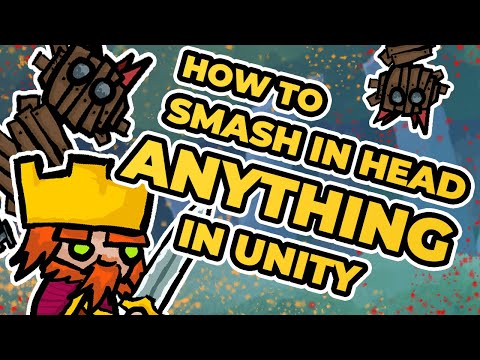Hi,
I understood Rick’s point re: the importance of the animator and scripts existing on the same ‘parent’ game objects (so that if animation events are used, the animator and script can successfully communicate with one another).
What I still didn’t fully understand by the end of this lecture, however, was why a ‘child’/body game object (inc. sprite renderer) was needed at all?
If our lizard, for instance, just consisted of 1 x parent object (containing various components: inc. sprite renderer, animator, scripts, etc.) then we’d still have any animation events on this object working fine - and it would save us having to add an unnecessary ‘child’.
Basically, I’m not entirely sure what it adds by having the sprite renderer not on the parent when it would appear to allow for the same functionality in this project.
One theory I have - albeit I’m not particularly familiar with 3D bone-based animation - is that the parent/child relationship re: animations becomes more important with bone-based stuff? Is it just that the concept Rick’s teaching here is useful when it comes to more complex animations - even though it’s not totally needed in this project?
If anyone can explain, it would be much appreciated 
Many thanks.


